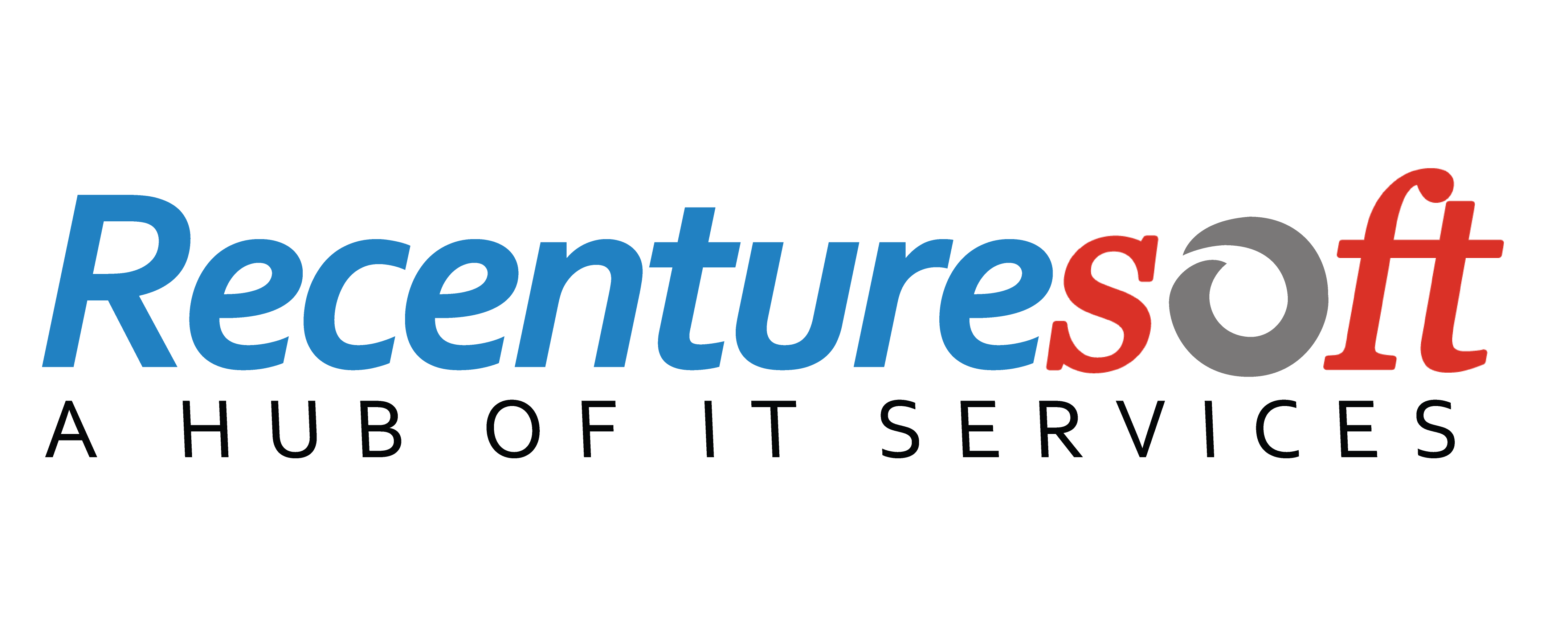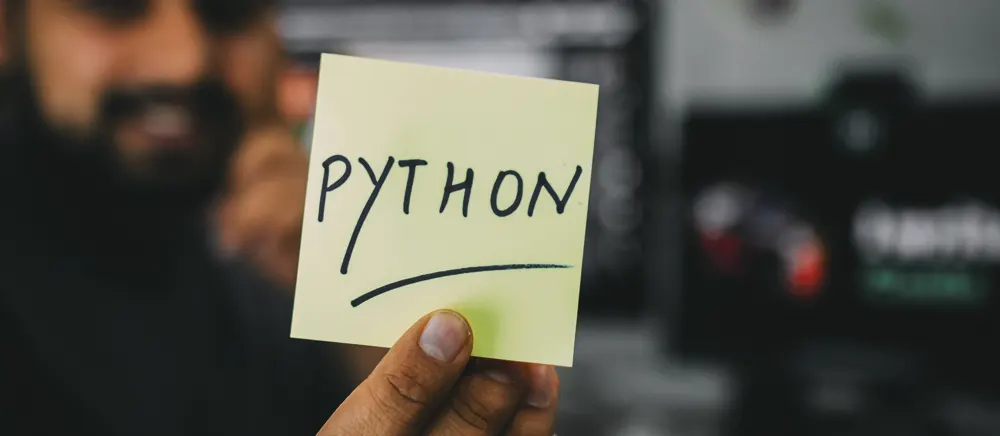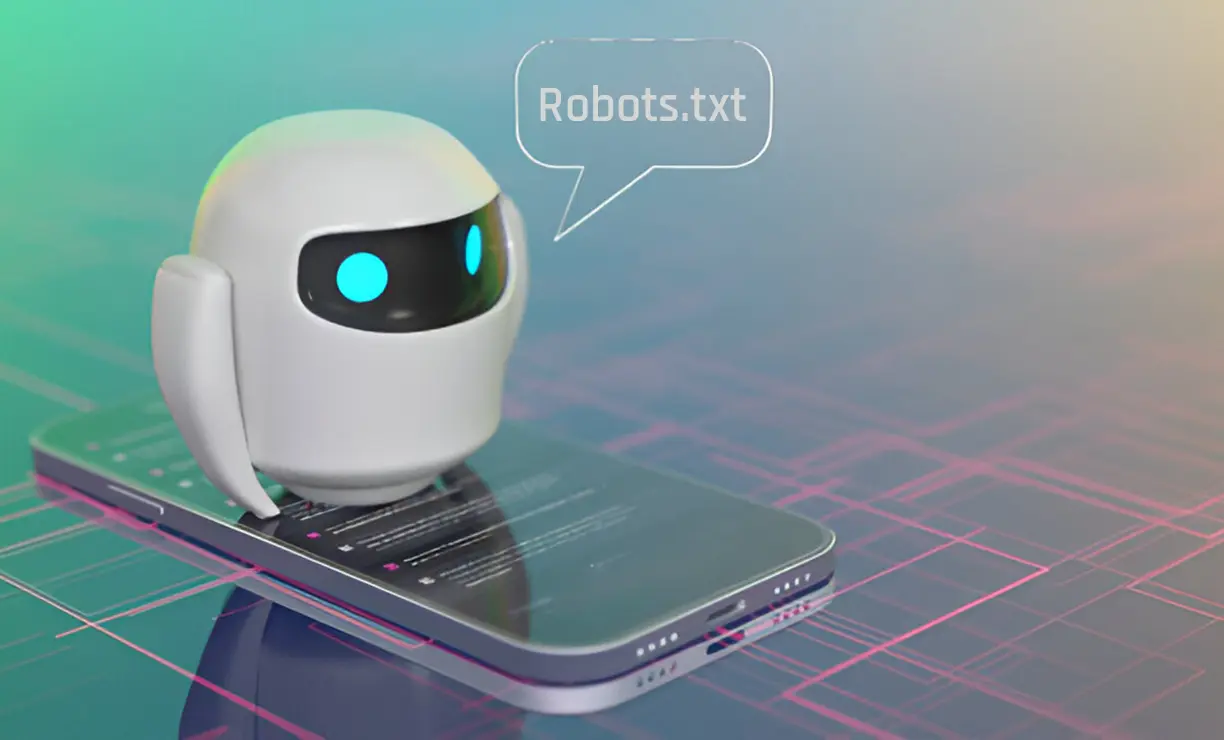Python is one of the computer languages that has elevated the technology world to new heights. Data Science, Natural Language Processing, Artificial Intelligence, Software Engineering, and other fields are benefited from the general-purpose programming language.
Python 2 and Python 3 have been the two main editions of Python that were released to the public. Although they are both distinct versions with the same programming language, there are significant variations between them, and it would be fascinating to explore the differences between Python 2 and Python 3.
Introduction to Python 2
In the year 2000, Python 2.0 was released to the computing industry. The introduction of Python 2 was developed by the BeOpen Python Labs team to make programming quick and easy to understand for the general public.
The technical elements of the Python Enhancement Proposal were successfully implemented in Python 2. Consequently, after the release of Python 3, Python 2 lost a lot of its traction in the tech sector, and Python 2's legacy ended in 2020, with Python 2.7 being the most recent version. The following is a chronology of the launch of the different Python 2. X series versions:
- Python 2.0 on October 16, 2000
- Python 2.1 on April 17, 2001
- Python 2.2 on December 21, 2001
- Python 2.3 on July 29, 2003
- Python 2.4 on November 30, 2004
- Python 2.5 on September 19, 2006
- Python 2.6 on October 1, 2008
- Python 2.7on July 3, 2010
Introduction to Python 3
Python 3, which was launched in 2008, was not simply a debugged version of Python 2. Python's debut was largely motivated by the need to eliminate duplication – producing repetitive code or a similar piece of code over and over again – from coding. Python 3 is considered to be backward incompatible and tries to solve the challenges that new programmers encounter when learning to programme.
The following is a chronology of the publication of the different Python 3. X versions:
- Python 3.0 on December 3, 2008
- Python 3.1 on June 27, 2009
- Python 3.2 on February 20, 2011
- Python 3.3 on September 29, 2012
- Python 3.4 on March 16, 2014
- Python 3.5 on September 13, 2015
- Python 3.6 on October 2016
- Python 3.7 on June 2018
What is the point of having a different version of Python?
There have been several reasons why several versions of Python were available. To begin with, a majority of industry code had previously been developed in Python 2, making a complete migration from Python 2 onto Python 3 an extremely time-consuming and challenging task.
Furthermore, expertise in both Python 2 and Python 3 was essential to interact with configuration management programmes such as puppeteer or ansible. Yet, Python 3 has evolved to be useful for a wide range of industries, including web development, data science, or analytics scripting, among others. Python 3 comes with a large number of libraries and is easy to combine with some other languages. As a result, it's easy to see why both Python versions are required. Finally, attempts were undertaken to make Python 3 support many of the important functionalities that Python 2 provided, and Python 2 was retired in 2020.
Differences between Python 2.x and Python 3.x
Parameter
Python 2.X
Python 3.X
Keyword “Print”
Considered to be a statement instead of a function.
Regarded as a function instead of a statement.
Storing strings
ASCII stores the strings by default.
UNICODE stores the strings by default.
Division of integers
In Python 2, we get an integral value by dividing two integers. In
Python 2, for example, 7/2 equals 3.
In Python 3, we get a floating-point number by dividing two integers.
In Python 3, for example, 7/2 produces 3.5.
Exceptions
Notations close the exceptions.
Parentheses close the exceptions.
Variable leakage
When global variables are utilised inside a for-loop in Python 2, their values change.
In Python 3, the value of variables does not change ever.
Iteration
For iterations in Python 2, the x range() function is being defined.
The new Range() method was introduced in Python 3 to execute iterations.
Application
To be a DevOps Engineer, Python 2 was primarily used. Since 2020, it was not used any further.
Python 3 is utilised in many industries, including Software Engineering and Data Science.
Finally, we'd like to point out that Python is among the most in-demand languages in today's world, with applications in a wide range of fields. Python and its libraries and frameworks, such as Numpy and others, appear to be heavily used in promising future domains such as Artificial Intelligence, Information Science, and so on. As a result, if any aspiring programmer today wishes to begin his or her coding work, Python may be an excellent alternative.







